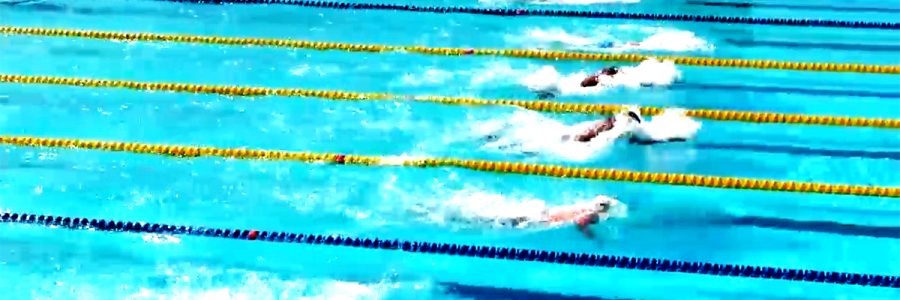
Traffic Patterns
Traffic Patterns
Swimming in a lane with several other people requires a different organization. It is essential that certain “TRAFFIC PATTERNS” be established to provide a safe teaching and training environment for each swimmer. Each swimmer must train courteously and obeys the “RULES OF THE ROAD”. Just as with highway driving certain traffic patterns and rules of the road are in common use in swimming pools. If you know these rules, you can fit into any training situation.
The traffic pattern is quite simple when only two people are swimming in a lane. One person can swim back and forth on the right side while the other swims on the left side. Swimming single file in a counter-clockwise circle pattern eliminates the need for passing and allows swimmers freedom to swim different strokes and to use different repeat distances and departure times when training. This method is called a circle pattern.
Swimmer should start their repeats 5 to 10 second apart, with the fastest swimmer in the lane going first, the second fastest second and so forth. Swimmers should keep their eyes open and stay on their side of the lane to avoid collisions. To pass someone, tap the swimmer to be passed on the foot and wait until he or she reaches the wall before the pass is attempted. The swimmer to be passed should stop at the wall and allow the pass. Do not speed up or crowd the center of the lane when someone attempts to pass.
Traffic flows more smoothly when all the people in the lane are doing the same repeat set on the same departure time. Swimmers who kick when others are trying to swim always get in the way of the faster moving group. Likewise, the lane always becomes congested if someone is swimming one of the slower strokes while others are swimming the front crawl stroke.
To provide an environment that is conducive to teaching, learning and training, team members are expected to follow this traffic patterns at practice and swim meets.
